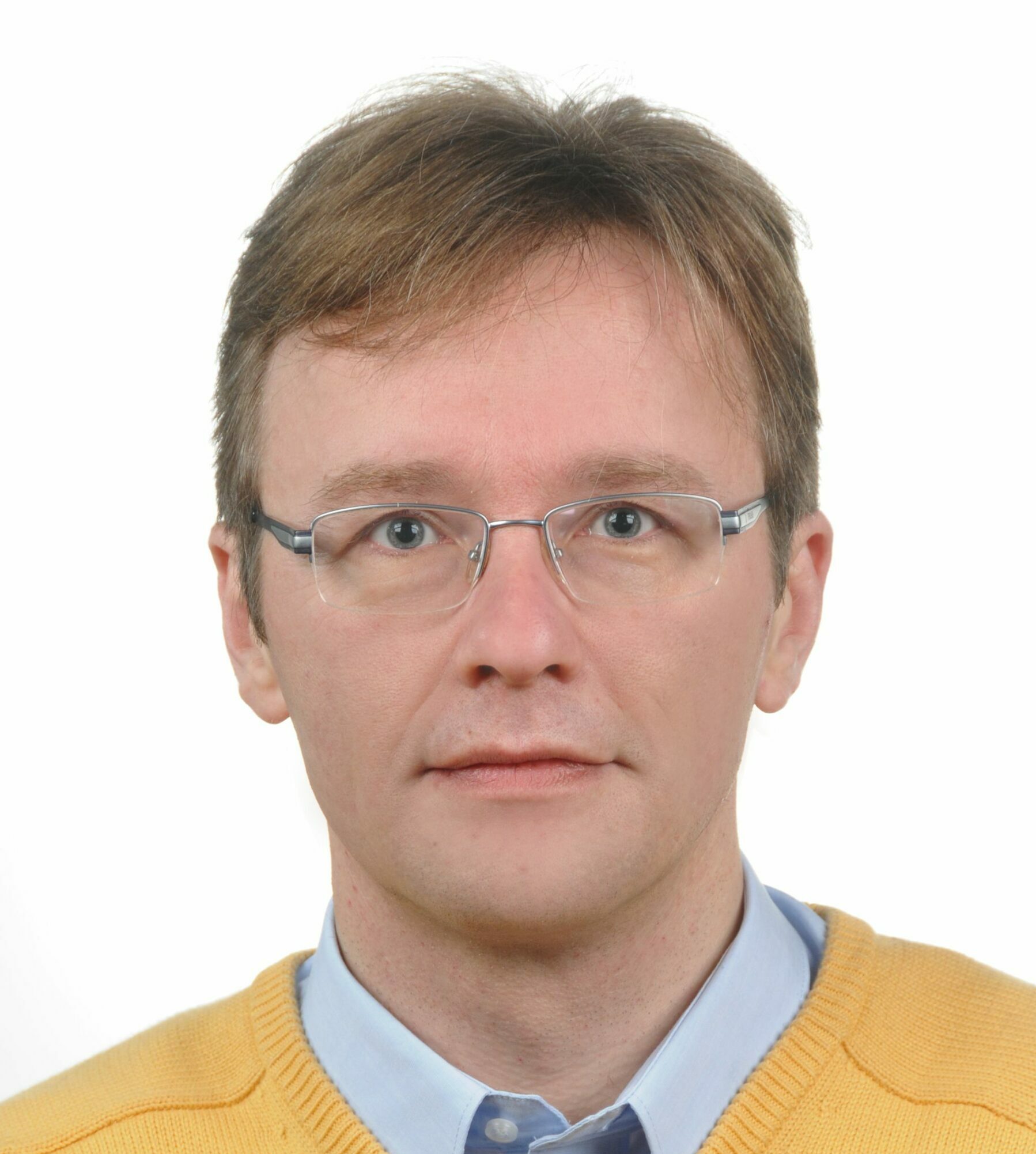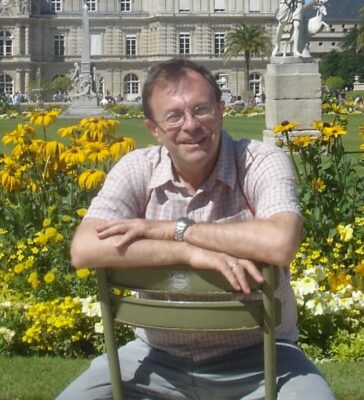Complex Analysis, Combinatorics and Operator Theory
November 29 – December 3, 2021
An advanced school for young researchers featuring three minicourses in vibrant areas of mathematics. The target audience includes graduate, master and senior bachelor students of any mathematical specialty.
The lecture notes and exercises are below on this page
Lecturers:

Ilya Shkredov |

Yuriy Tomilov |

Alexander Volberg |
Courses:
Additive combinatorics and analysis (Ilya Shkredov)
Additive combinatorics is an actively developing area of math, that lies at the intersection of Number theory and Combinatorics. It also involves extensive use of techniques from Analysis, Graph theory, Ergodic theory, Probability, Algebraic geometry, Topology and Geometry of numbers.
In this course we discuss classic applications (Lectures 1, 2, 4) of functional-theoretic methods to additive combinatorics (setting aside arithmetic combinatorics and non-commutative approaches), and, vice versa, application of additive combinatorics to some questions from function theory (Lecture 3).
Lecture 1: Additive combinatorics: discrete Fourier transform, Roth theorem, sets without solutions of linear equations
Lecture 2: Additive combinatorics: Gowers uniformity norms, corners problem, transference principle (for primes and Sidon sets)
Lecture 3: Additive combinatorics: integer sets with small Wiener norm on integers, Littlewood problem, additive energies, additive dimension and dissociativity
Lecture 4: Additive combinatorics: almost periodicity of convolutions, Croot-Sisask theorem, applications to linear equations and sets with small doubling
Bounded functional calculi for unbounded operators (Yuriy Tomilov)
Lecture 1: A panorama of functional calculi from the bird's eye view.
Lecture 2: Basics of operator semigroups, their generators and related matters.
Lecture 3: Introduction to the B-calculus: motivation, properties and related function theory.
Lecture 4: Some applications of the B-calculus and its further perspectives.
Buffon needle (Alexander Volberg)
The probability of Buffon needle to land near Cantor set. Quantitative Besicovitch theorem.
One of classical theorems of Besicovitch claims that all self-similar Cantor sets of dimension 1 on the plane are irregular in the sense of Besicovitch. In particular, this means that the probability of Buffon needle to intersect such a set (conditioned to event that it intersected a disc contains this Cantor set) is zero. This immediately implies that the probability of Buffon needle to intersect the $\delta$-neighborhood of such Cantor set tends to zero when $\delta$ tends to zero. But how fast?
The attempts to clarify this (undertaken with Michael Bateman, Matt Bond, Izabella Łaba, Fedor Nazarov and Yuval Peres in various combinations) reveal the unexpected relations of this question to Fourier and Complex analysis, Combinatorics (including a bit of additive combinatorics), Algebra, Diophantine equations and Number theory in the form of Gelfond—Baker theory initiated by Hilbert’s 7th problem.
I hope to show this plethora of methods that we aimed to proving what we called ``a power estimate’’, namely that the above probability is at most $|\log\delta|^{-p}$ with some positive $p$. However, we managed to get such power estimate only if the base of Cantor set is 3 and 4, and, if the base is at least 5, for some Cantor sets with very special algebraic properties. It is still much better than previous estimates of Peres—Solomyak. The problem turned out to be related to such combinatorial questions as: count the number of intersections of diagonals inside a regular polygon (Poonen—Rubinstein), and such algebraic questions as: describe families of roots of unity, whose sum vanishes (Rédei, de Brujin, Schoenberg, Mann, Lam, Leung).
Lecture 1: Estimate from below for the Buffon needle probability of the four-corner Cantor set
Lecture 2: Fourier analysis for the estimate from above for the Buffon needle probability of the Cantor-type set
Lecture 3: Complex analysis, Riesz products for the Buffon needle's quasi singular directions
Lecture 4: Combinatorics: why the measure of quasi singularity directions is rather small
Lecture 5: Algebra and Number theory: cyclotomic polynomials and Linear Multi-Polygon Relations, Gelfond-Baker theorem and Hilbert's 7th problem
